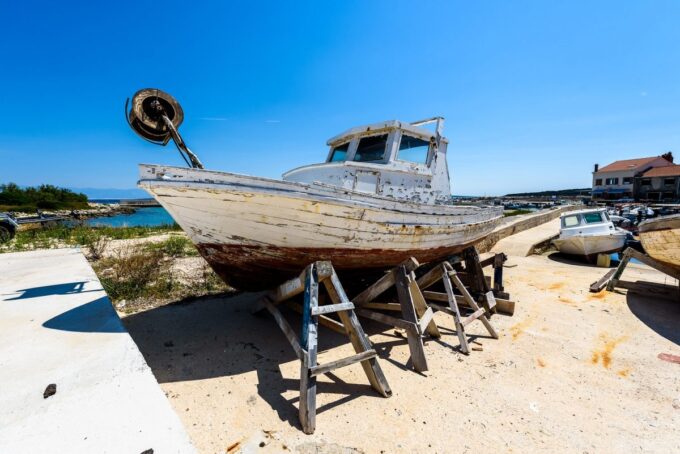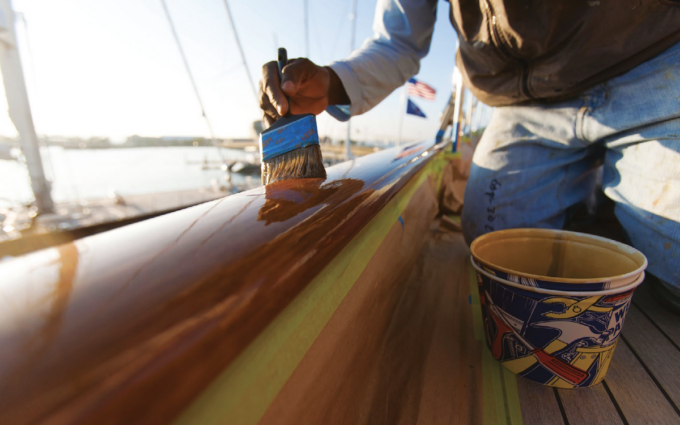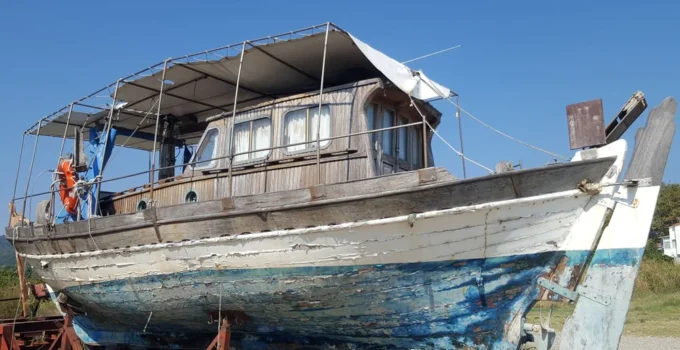Taking care of your property and personal belongings comes in a wide variety of different ways. Depending on what you own and how valuable it is, you can be spending hours and days on maintaining it and giving it proper care. For smaller things and areas, all it takes is a simple wipe down, a dusting, or a vacuuming. For bigger and more valuable belongings, you have to be more careful and pay more attention to details. And when things are big and cumbersome as well as constantly in use, a thorough cleaning may be in order. However, what can one do when things have taken a turn for the worse and all the wear and tear as well as time itself have done their deal? The only thing left to do in those situations would be to restore the thing in question. Restorations are fair game whenever one wants to preserve something and/or give it back its old glory, no matter what is being restored.
About Restoration

Source: marinersins.com
While it may never look as good or be as original as it once was, anything can be restored. Restoration includes several different approaches and there can be a lot of things done depending on the amount of damage. From a complete overhaul of everything and exchanging all the parts that need replacement, a new paint job, and a complete cleaning and washing, to polishing, detailing, and modernizing it. These can all be ways to restore something and continue using it, or sell it for profit once you are done with it. In this article we talk about restoring old boats and how the pros do it. There is the right way to do it and the wrong way to do it. Right here and now we give you tips and guidelines on boat restorations and how to do it correctly. To find out more about this and find useful boat restoration supplies, be sure to visit this site.
The First Steps to Take

Source: daysofadomesticdad.com
First off, you need to start by securely placing your boat to a pier you have good access to. It can be the one you are usually using during your regular boat sessions. Once you do so, remove everything that is not a part of the ship from it. Take out all the things that are not bolted down and any and all tools, fishing rods, and other equipment. Once you do this, hose down the ship to make use of the water and scrub away the deck and the exterior. This is the initial cleaning before the boat comes out of the water.
Next up comes the difficult part of taking the boat out. This is not the first time you are doing it and you probably have a good idea how to do it and where. Securely place the boat onto a boat trailer and transport it to wherever you are planning to restore it. Once there, safely and carefully place it away from any rubble and other projects or distractions you may have. This is now the place where you will be restoring your boat. Finally, it is time to roll up your sleeves and start doing the real work.
You may have cleaned it a bit while it was still in the water, but for the true restoration to take place you need to clean it stem to stern in order to see what needs work. It is impossible to tell if it is dirty and full of barnacles. If the boat was not in the water before the restoration, remove the debris, the leaves, and anything that is organic. Organic material has no place in a boat as it will attract insects, birds, and it will decompose leaving other type of grime and dirt. Once the boat is completely scraped, brushed, and cleaned, you start restoring the important bits.
Restoration Guidelines

Source: pbo.co.uk
With the boat all clean and nice, you first have to identify the parts that are missing, those that are broken, as well as those that are there but still need replacement for some reason. Whether aesthetic of functional, anything that is too lose or too worn and torn needs to go. Seat bases, fiberglass components, the steering, the hull and the deck… all of this needs to be in perfect shape for you not to need any sort of touching up.
Another crucial step here would be to remove all the old fuel from the tank. Make sure to check how much there is both in the case of your old boat being in the water and if it has been sitting under a cover for years. Especially check it in the latter case. Remove the engine oil as well as that from the gear case. Any fluid that may be in the boat needs to go. While you are at it and all up in the gears, remove the old belts and hoses and get replacements. This should not be a big job and you can actually do it quickly.
Next up comes the through hull fittings checkup as well as the seacocks. They need to be sealed and in place, working properly. Replace the one that are not, or just to be sure, replace all of them anyway. Cracking and crazing in the fiberglass areas and particularly around the fittings and fixtures should be taken care of. The load bearing fixtures have probably suffered over the years so ensure all of them have backing plates for additional support.
The biggest problem on old boats is rotten wood. If yours is predominantly wooden, you will need a thorough inspection, particularly of the deck floor, the bases of the seats, and the transom. Any sort of decay, sagging, and rot is bad so if you notice it strip away that wood and replace it. You will want marine grade plywood, or if you want to go a more modern route, choose one of the many modern composites that are quite popular nowadays. If you ever feel overwhelmed or dumbfounded, get in touch with a boat expert or look for a tutorial online for your specific type.







